When it comes to pottery wheels, not every single one of them is the best for your skill level. Sometimes, you need the perfect one for certain actions. However, which one is best for you? Well, you’re about to find out. This post will review two of the top pottery wheels, and it’ll give you as a user an idea of what the best pottery wheel to buy should be.
Top concerns when choosing a Pottery Wheel
There are a few concerns when you’re looking to buy a pottery wheel, and they are as follows:
-
The speed of the wheel.
-
How it performs and handles clay
-
Whether or not it makes noises
-
How easy it is for you to move
-
The price of said wheel
All of these are major parts when it comes to choosing a wheel. For many people, this can determine whether or not you purchase one over the other, and it certainly does make a difference when you’re looking to get one based on the type of potter you choose to be. Now that you know a bit about what you’re looking for, let’s discuss each wheel.
And if you want to view the Pottery Wheels we are reviewing here in this review click the appropriate links to view on Amazon, ShareProfit, and Brent C.
Problems when Choosing a Wheel
One of the main problems I had at first when I was looking for a wheel, was whether or not I wanted something that could grow with me as a potter or something I could start with and grow out of. When it comes to the former, sometimes that’s better in the long run, because of the following:
-
It can potentially save you money
-
It allows for more features to be available to you
-
Often, these wheels tend to be perfect for those of varying skill levels
-
It’s often good if you want to transition to different wheel types
For many though, the expensive ones do work, but they’re well, expensive. Lots of us don’t want to spend a ton of money on a wheel. This was a big problem when I was choosing it. I wanted something that worked for me but also was worth every penny that I invested in it.
Also, it is very important to determine whether or not you’re someone who is a mere hobbyist or is serious about being a potter. Knowing the difference between both of these can help you figure out what you want to do in terms of spending money on a wheel. Some of us want to spend the money early on because we know we are going to be doing this, whereas there are benefits to getting a wheel that isn’t as expensive.
Some of the benefits that are part of getting a cheaper wheel are as follows:
-
Obviously, less money
-
Allows you to work with something at a more basic level
-
If you choose not to do this, the amount of money you’ve shelled out doing this is far less and you can sell it
-
You can start using it to see if you enjoy it, and always upgrade
-
You can use this if you already go to a studio and want to try something more
-
You can start with something that’s smaller in size and work your way up, allowing you to master the wheel.
Sometimes, going inexpensive is the way to go, but if you’re in it for the long haul, a wheel that allows for bigger pieces is a good thing to invest in.
ShareProfit Pottery Wheel 25cm Pottery Forming Machine 250W Electric Pottery Wheel DIY Clay Tool with Tray for Ceramic Work Ceramics Clay (25cm)
The first wheel we will discuss is the ShareProfit Pottery Wheel which is the cheaper of the two wheels we will discuss. This one is a decent wheel, and it’s a fun one to start off with. Personally, if you’re a beginner, I suggest this one. While the super expensive wheels are over a grand, this one is just a couple hundred dollars.
Click Here to Read the Reviews on Amazon.
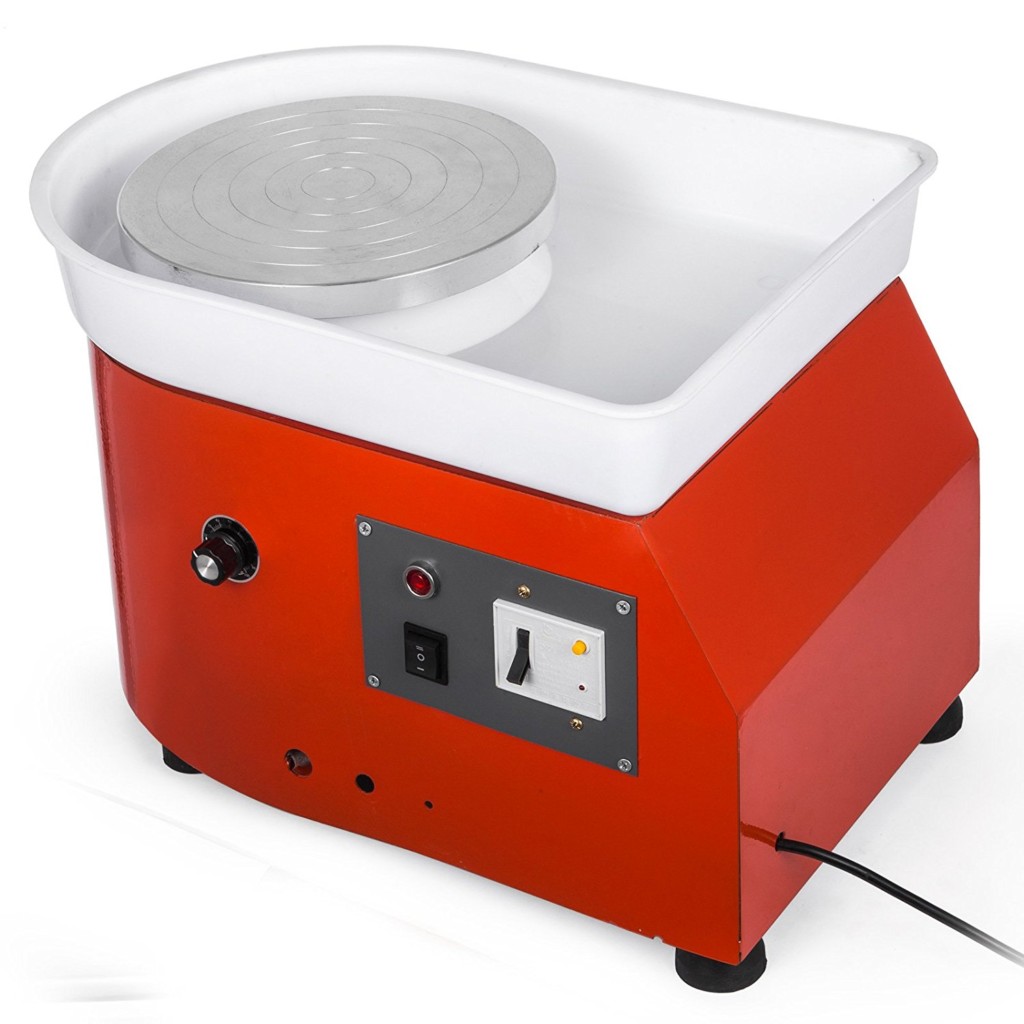
Here are a couple of features that are available on the wheel itself:
-
Has a voltage of about 220V
-
Has a power of 250W
-
The diameter of the wheel is about 25 cm
-
Has a 300r inorganic wheel speed
-
The rotation direction is about 500x400x450 mm
This is a decent working space when you compare it to other wheels. The good thing about this is that typically, it does the job pretty well.
When I first began using a pottery wheel, this was my personal favorite. There were a few notable features that came along with this, and they are as follows:
-
The operation is extremely flexible
-
The speed is very smooth, so it feels right
-
The noise is very little, so it’s not going to be too jarring
-
You’ve got reverse switching to move the wheel around
-
The power supply is via a single-phase
To me, these were all super important features, because I didn’t want anything that was too strong, or something that was weak. Instead, it moves at a decent rotation, and it does have very little noise.
The noise element was a huge thing for me. I don’t like the sound of really noisy pottery wheels, so this worked out perfectly for me. I could turn this on, add the clay, bat it down, and then shape it and open it. It’s quite simple to use, and honestly, for smaller pieces, it works pretty well.
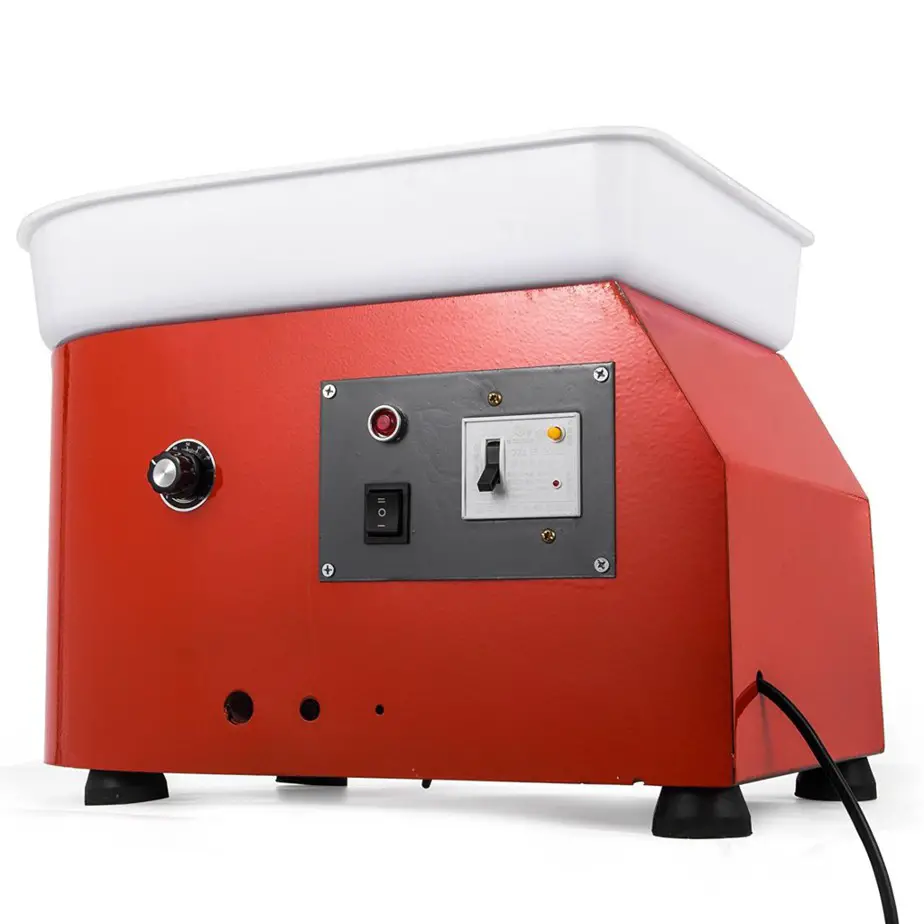
The speed on this is quite slow, which is great for those who are beginning because it allows the following:
-
An easier time with moving the clay about
-
An easier means to control the potter wheel so you don’t mess up
This was a big part of my learning process. In truth, I tried to learn something faster, but if you’re like me and actually need the time to understand how to run the wheel, I can’t recommend this one enough. Plus, since it allows for speeds to be adjusted, it’s perfect for those of us who want to have a wheel that’s easy to use and one that works well for us.
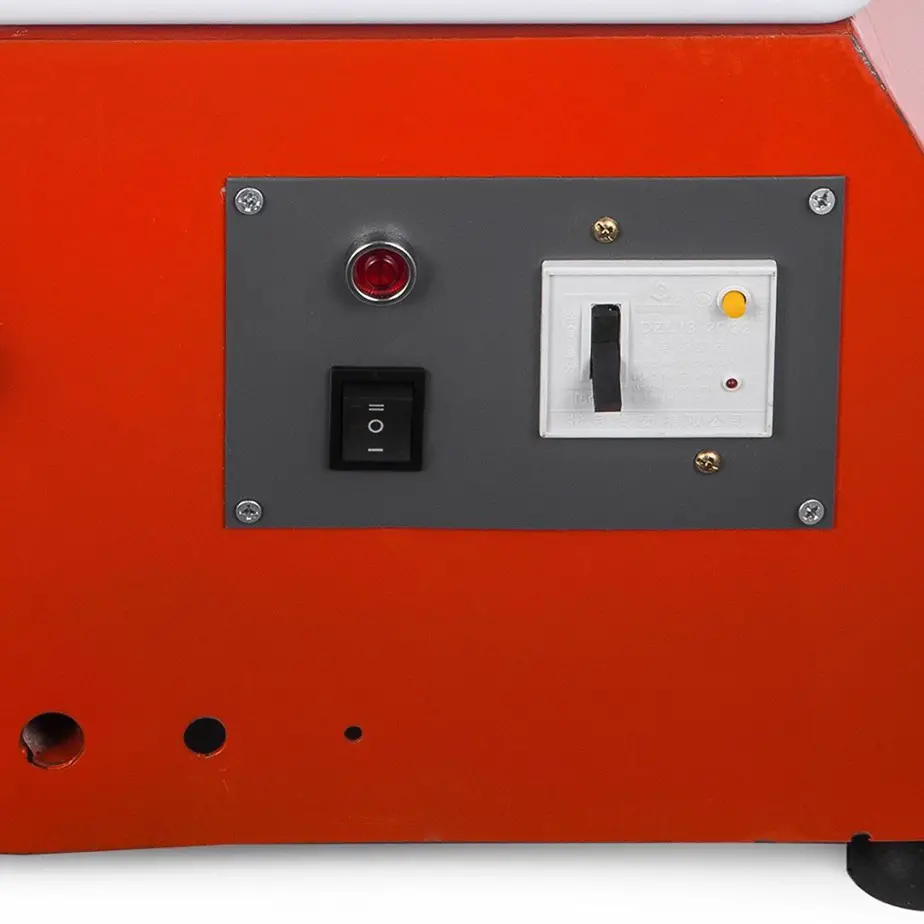
Now, one of my favorite parts of it is the fact that it’s quite beautiful. It’s small, but it does the job well and then some. There are a few notable design features that go along with this, and they are as follows:
-
This machine is very small and compact
-
The footprint on this is tiny
-
It has a mud blocker to prevent chaos rejection
-
It’s tiny and compact, so you can bring this everywhere
This is one of its best elements of it. I could literally take this to different parts of the studio I made, and I can use this. I mean, it’s not all that heavy, and with a slow rotation, it allows for control.
Now, I will say that this pottery wheel is something that you may potentially grow out of. I don’t mean it as a bad thing, but let’s face it, this is a bit of a basic wheel. It does have the pottery wheel requirements that make it easy to use, but the thing is, if you do use this for a long time, you’ll begin to notice that it may be too slow. However, if you’re someone who’s still learning the ropes, still trying to understand how to use the thing, slow and steady may win the race, and it may be the better option for you in the long run.
Personally, I love this wheel. It even has leakage protection, and it’s a device that’s super safe to use. I don’t have to worry about anything coming apart when I use this.
The best part about this is that it’s actually made for those who are learning. The creator of this wheel actually made it specifically for teaching, so it’s a teaching wheel. But, that doesn’t mean it’s only limited to teaching the art, in fact, you can get many benefits from this if you do the following:
-
Are in pottery school
-
Are teaching pottery
-
Are you an amateur trying to learn
-
Are you a beginner who doesn’t understand pottery
-
If you’re developing your pottery skills but don’t know how
-
If you’re an enthusiast that needs something pretty basically
This company has a myriad of products, and since it’s small and looks really pretty, it often is perfect for those beginning. Personally, I started with this one, I learned from this one, and I grew out of this one. I think it’s pretty easy to use if you’re a beginner, which is what you should be going for. And with a price like it says, it’s ultimately the perfect one for you if you’re looking to invest in a wheel that’s perfect, and one that allows you to make great, basic products.
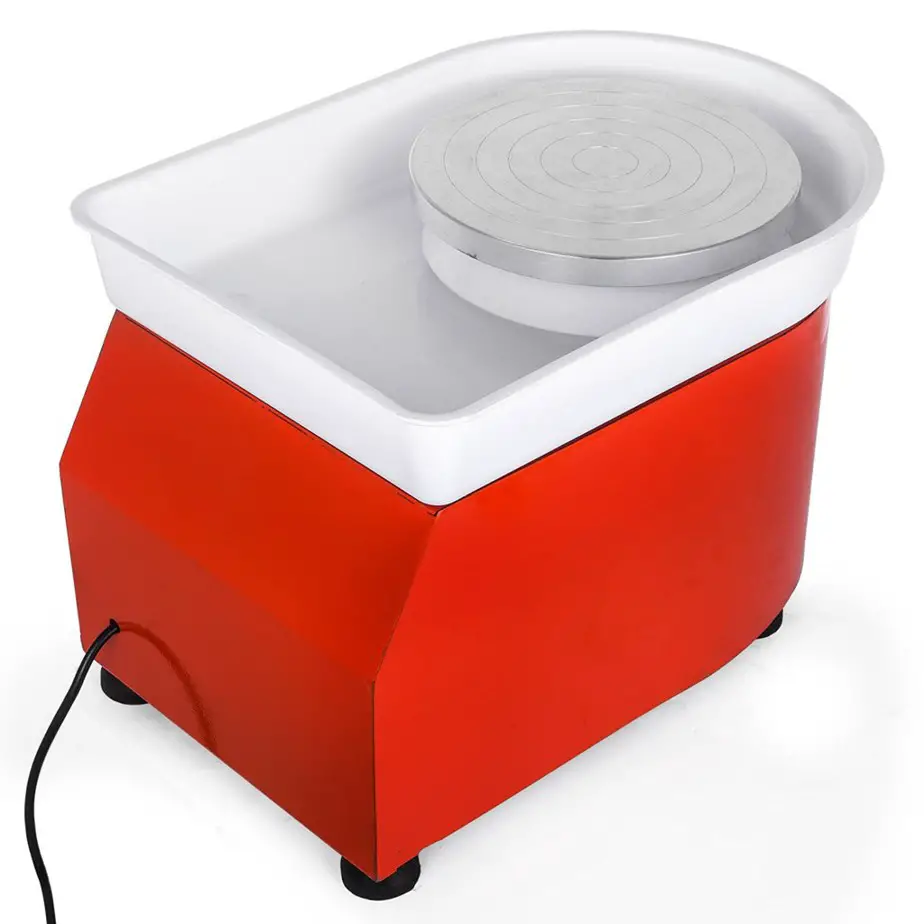
But, what about if you’ve used this, and you want to move on to something bigger? Fortunately, there is another wheel, and we will show how it compares, and when to invest in one rather than the other.
Brent C Wheel
This is one of the premier pottery wheels, and if you’ve used something smaller, and you want to move to a bigger, more productive wheel, then this is the way to go. There are many notable features to this, and it’s important to know a bit about them before you begin.
Click Here to Read the Reviews on Amazon.
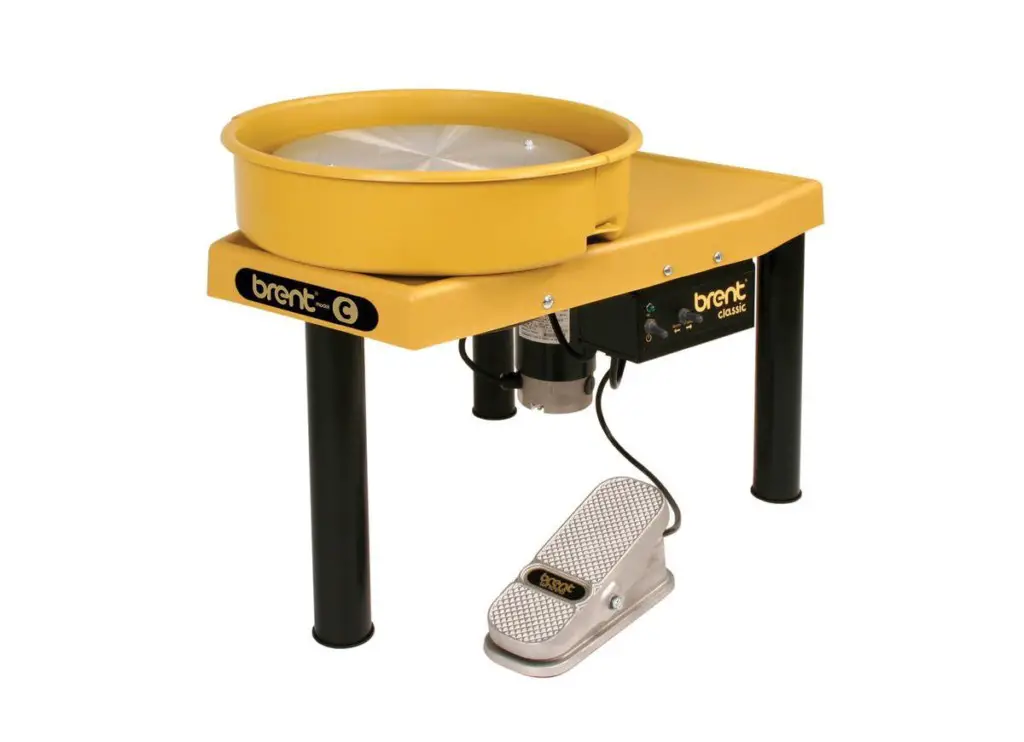
So why choose this wheel? Well, think of the following:
-
This bad boy handles 225 pounds at once
-
You can use electronic control speeds to allow for the best torque
-
Allows for smooth responses when you use the wheel both clockwise and counterclockwise
-
It’s very durable and with the tensioning, it allows for a premier performance
This is a wheel for those ready to handle a lot of clay. I started with the first one, and I moved onto this one, and one thing that I noticed when I did graduate from this, is how smooth it feels once you get used to this. I personally think starting with something basic until you get to something bigger is ideally the way to go, but I love this one since I’ve grown into it.
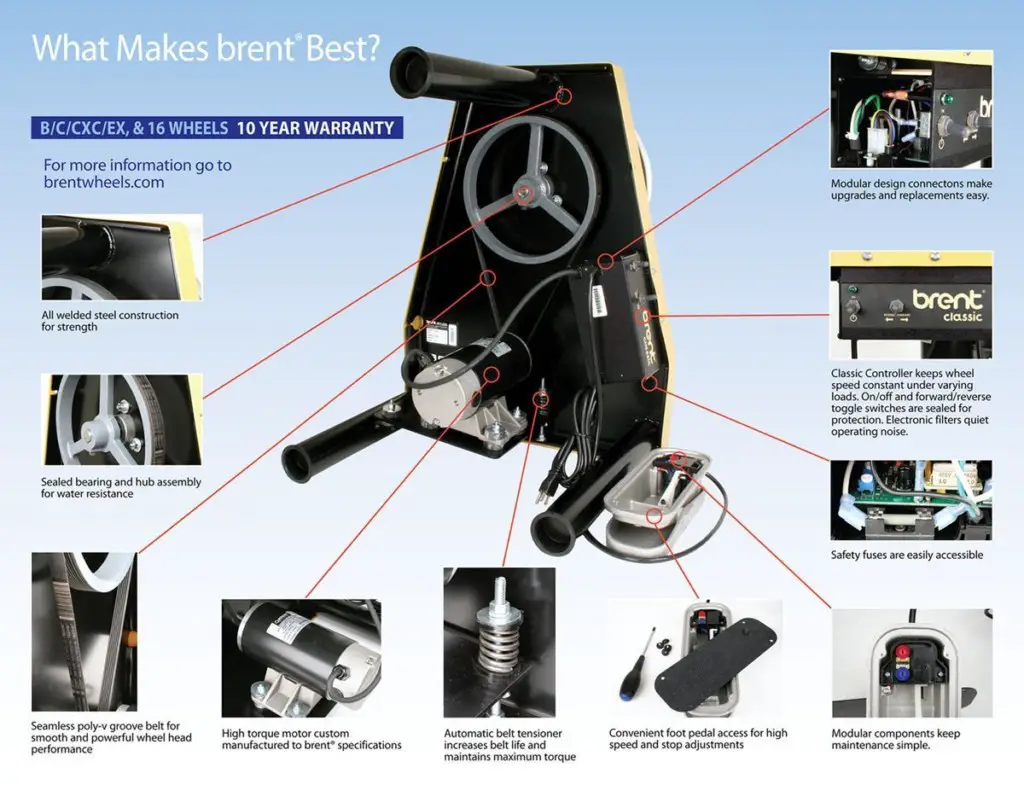
The fact that it can handle so much clay so easily is probably one of my favorite parts. I don’t feel limited when it comes to the pieces that I make, but instead, I’m able to create some amazing items that will allow for a great and beautiful. result.
Plus, let me tell you, the design is super nice. If you’ve been worried about the wheel breaking down, you don’t have to be. The thing about this is that it’s got a design that’s worth discussing. Some of the features of this include:
-
A steel construction table that’s super solid
-
Belt Tensioning
-
The belt is very tight all the time
-
It has a simple indicator light
-
The connections to the pedal and the motor are in ideal positions
-
If you ever want to upgrade or replace elements, you totally can
-
It has a ¾ hp and a 7 amp DC motor
-
The piece has a ten-year warranty if needed
If you’ve ever wanted to create towering pieces, this is the way to go. Since it can handle so much, if you’ve ever wanted to create something huge and pretty, you totally can. This model is certainly competitively priced when compared to other wheels on the market, and it’s a great deal. It is a wheel that allows for ease of use, and it’s pretty nice once you get used to it.
When it comes to choosing a wheel for a beginner, I suggest the former, however. That’s because the other wheel is made for ease of use for those who are amateurs. Sometimes, due to the fact that the horsepower is much more with the Brent C wheel, it can be too much for the average potter. If you’ve used a wheel for a while, and know how to have the perfect torque so you can maintain control, it’s often better to get the latter. The Brent C allows for potter growth that starts at an intermediate level, and can from there grows to something bigger and more advanced.
If you’re looking to take your pottery skills to the next level, this is the way to go.
Plus, it even comes with bats and pins, which are something that you often can’t get enough of, and it’s something that every potter needs.
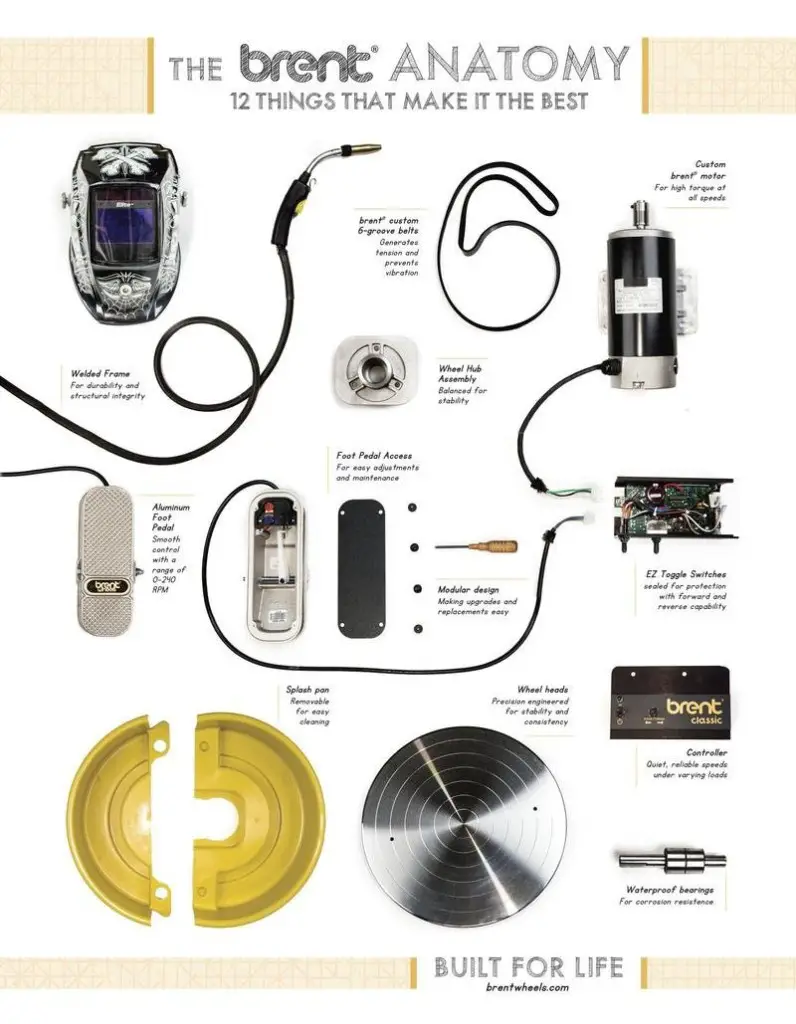
My experience with Both
My experience with both is one that’s interesting. I originally got the ShareProfits wheel listed here when I started. That’s because it’s a beginner wheel, you don’t have to do much to learn it. I sat down with it, and I was able to work with it.
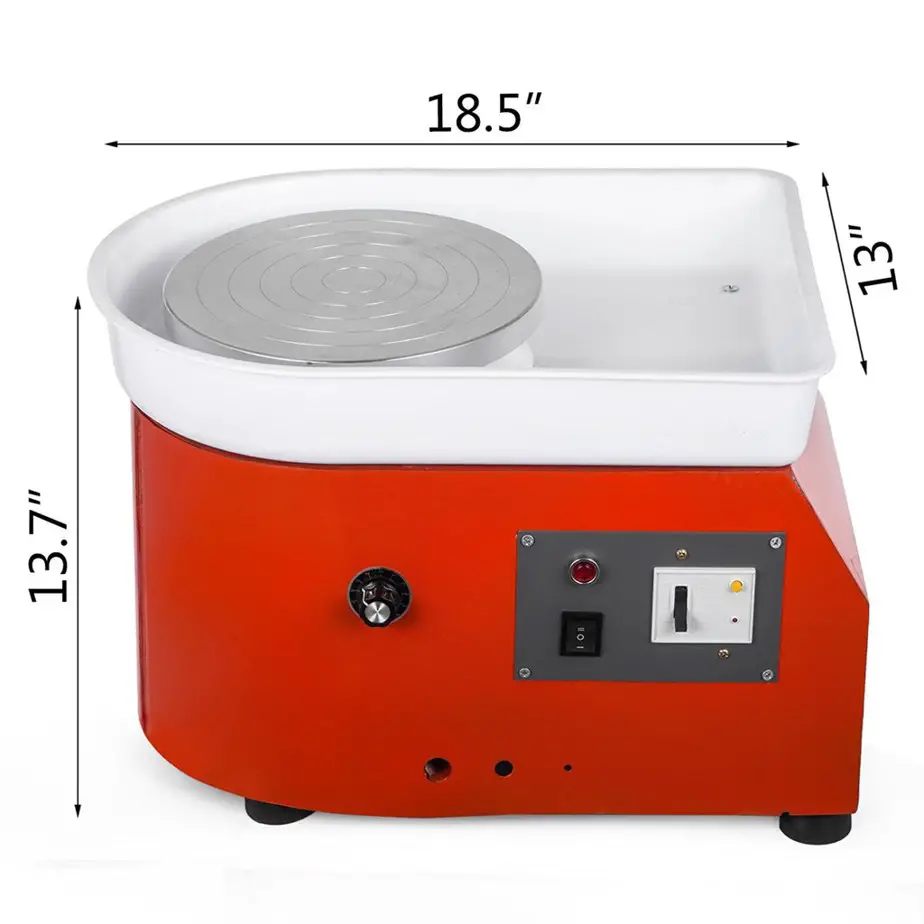
From this, I was able to do the following as a potter:
-
Grow into using the wheel
-
Understand the wheel and use it at a decent speed to perfect my clay pieces
-
Was able to create unique little designs, even at a basic level, even though they were the smallest
However, after a bit, I realized that I needed something bigger. My pieces looked good, but I felt like with the limits imposed on the wheel itself, I needed something larger. I decided to go with Brent C, since it’s one of the tops on the market, and when I sat down with it, I began to realize just what kind of jump this was.
What I liked about the Brent C wheel, is all the extra features it gave you, including the following:
-
A free splash pan
-
A free bat
-
A free video on how to do it
-
A free warranty for 10 years
-
Free glaze with my wheel purchase
I couldn’t believe the difference. It’s much faster, and it weighs a lot. Like 120 pounds. I couldn’t move it about, but when I put it in my space and started to use it, I realized I could move on to bigger pieces.
The wheel is easy to use, just like the other one, but I noticed that this one, allows for just a simpler use, especially since I’ve grown into bigger pieces. That’s not to say that the first one is bad, but I personally think that if you’re ready to make the jump, you should definitely consider this one.

Now, personally, I liked the following from this:
-
How easy it was to use
-
The look of it
-
The extra goodies you got with it
-
How it could handle so much more clay and not mess up
Both wheels are good, it’s mostly just based on the type of skill level the user has, and what they’re trying to get out of this, whether it be perfecting the skills they already have, or working with a wheel that isn’t too fast, and one that can be handled relatively well.
Upsides and Downsides
Here are the general upsides and downsides to each of the wheels
ShareProfit Pros:
- Good beginner wheel
- Is small and compact
- Has a beautiful design
- A slow speed that’s good for hobbyists
- Allows you to learn how to use the wheel without having to do much learning
- Overall is pretty easy for beginners
- Is small so you can move it around if you don’t like where it is
- Not super heavy compared to other wheels
Cons:
- Doesn’t handle a lot of clay
- Often is too slow once you get used to it
- Has its limits on usage
Brent C Pros:
- Ideal for those who are advanced in the usage of pottery wheels
- Is faster allows for more clay
- Comes with extra goodies
- Has a warranty
- Allows for better torque when using the wheel
- Often gives you more versatility
Cons:
- Very expensive compared to the ShareProfit one
- You can’t move it around once it’s in place
- Can be too much for beginners to handle
- Often is quite fast, so you need to know control when you use this
- Can be a bit hard to work with especially if you jump from one to the otherwise
Each of them has its pros and cons, and this section highlights each of them. They all add up to the final verdict, which is listed in the next section.
Verdict
Overall, the answer to which wheel is better is based on personal preferences, and what you want to get out of your wheel.
If you’re a beginner trying to learn whether or not you like pottery, I suggest the ShareProfit wheel. It’s simpler to use, easier to manage, and a good starting point. If you’ve thought long and hard about it, and know that this is the one that you want.
And you can view the ShareProfit wheel it here on Amazon.
However, if you’ve already graduated from the beginner wheels, or you feel you can handle something far more advanced, and you want to ultimately get something that you can both grow into and continue to master, then the Brent C wheel might be your best option. If you have the money for it, it is a decent investment, and for potters who are serious about this, or who would like to choose a better option, this is ultimately the way to go.
To view the Brent C wheel, you can check out the details for it here on Amazon.
At the end of the day, whatever wheel you choose is ultimately up to you. It’s your wheel, and I’ve had great experiences with both, so I do suggest choosing the wheel that best fits what you want from pottery, whether it be learning how to master the craft, or maybe creating huge, encompassing pieces that ultimately will help you grow as a potter, and as a crafter as well.







